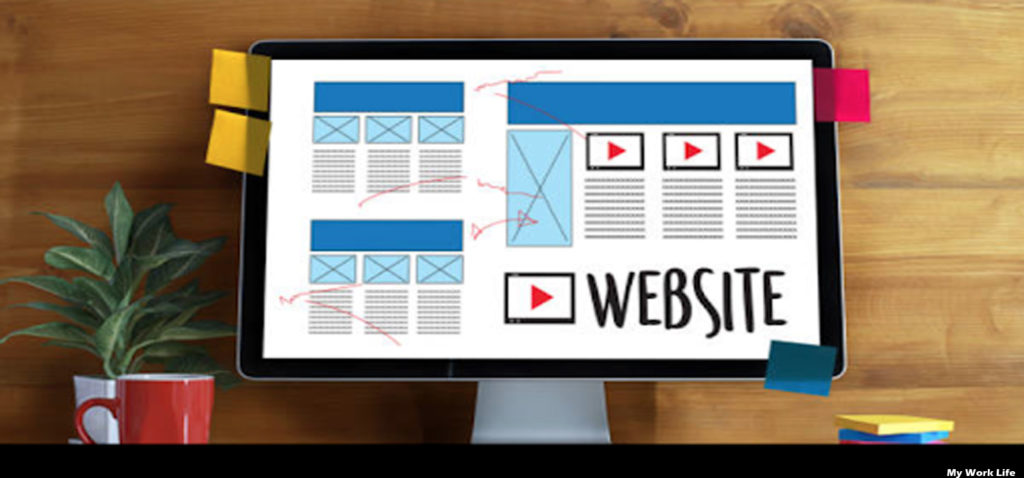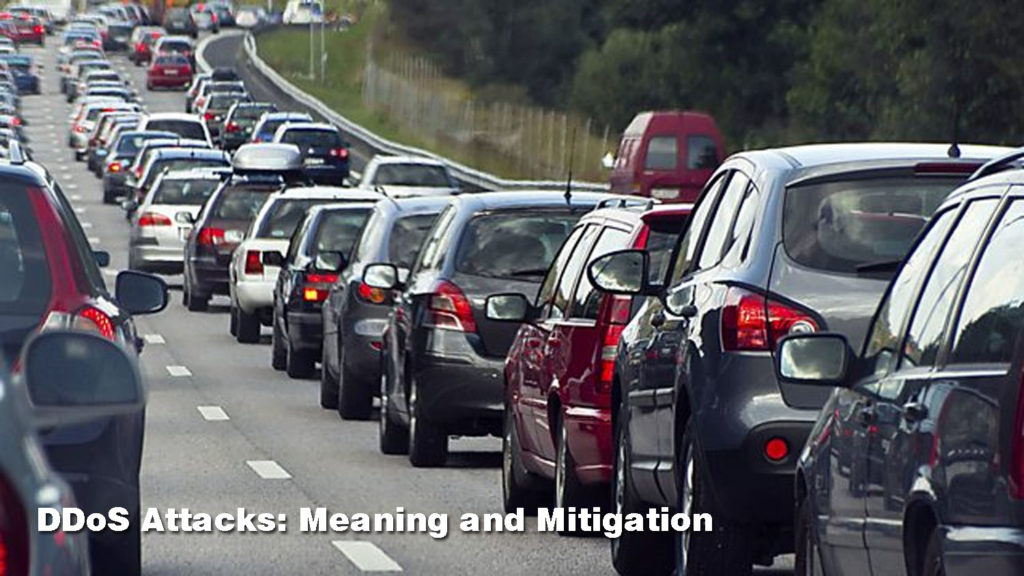3 Affiliate Marketing Mistakes You Should Avoid at All Costs

Even more vital about learning the right steps in learning about the affiliate marketing mistake you must never make. This is a business that involves a lot of trial and error. Where risk-taking is encouraged otherwise necessary. It is also a field where some mistakes will cost you dearly in wasted time and effort.
Fatal Affiliate Marketing Mistakes and How to Avoid Them
1. Don’t make your website seem like a blinking banner wonderland
If we want bright blinking lights we’ll head to Vegas. One banner is one thing. One product is one area. When you are promoting several products, each having its blinking neon banner on the page, it’s very distracting that visitors have no idea what direction to go apart from clicking the “x” at the pinnacle right corner of one’s website.
To use it simply, there’s too much visual noise around the page which is an enormous … Read the rest














